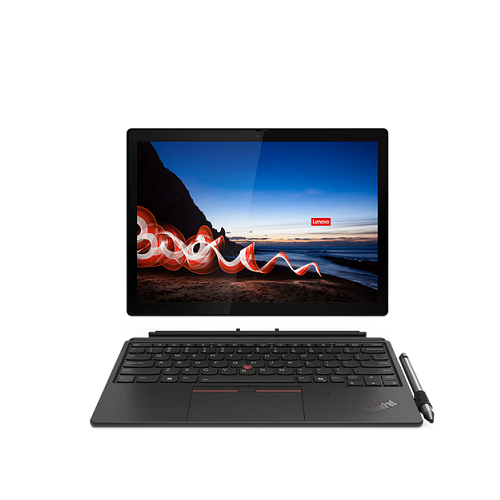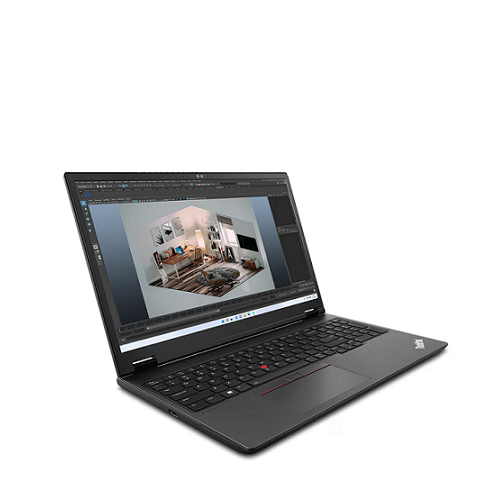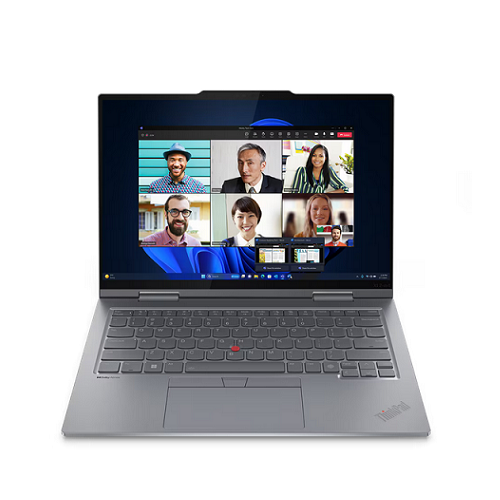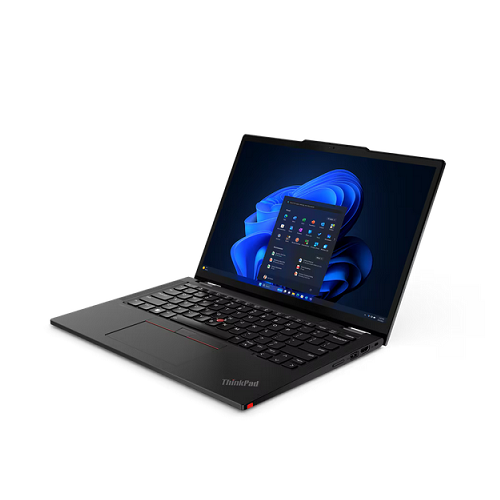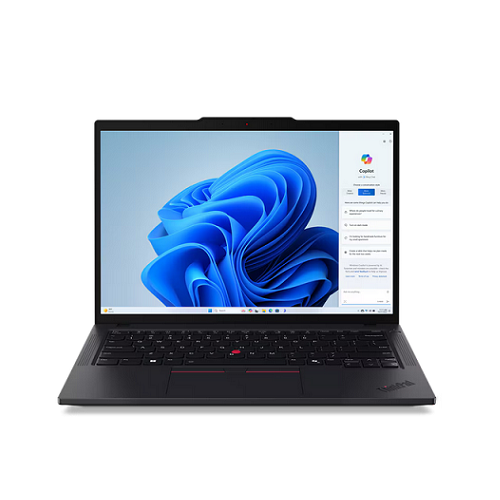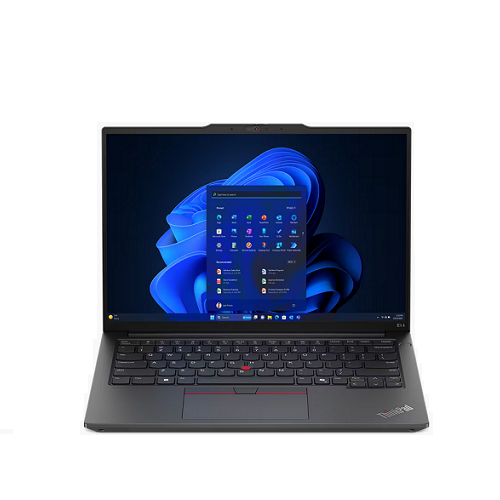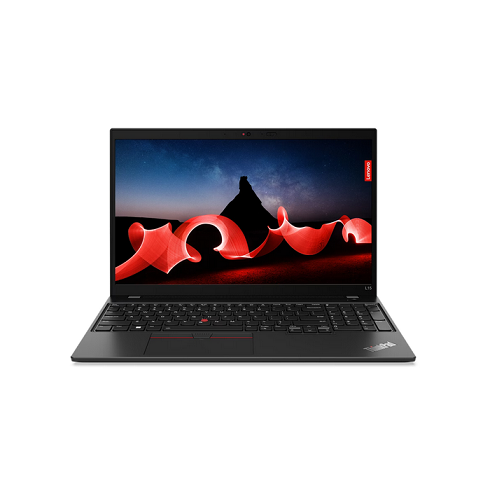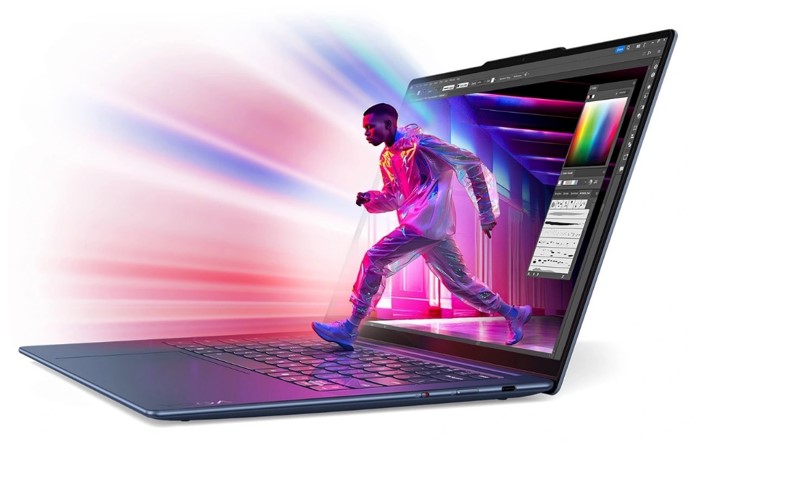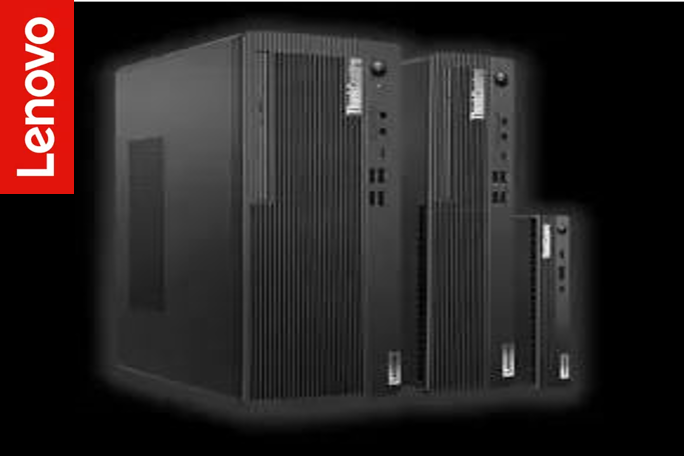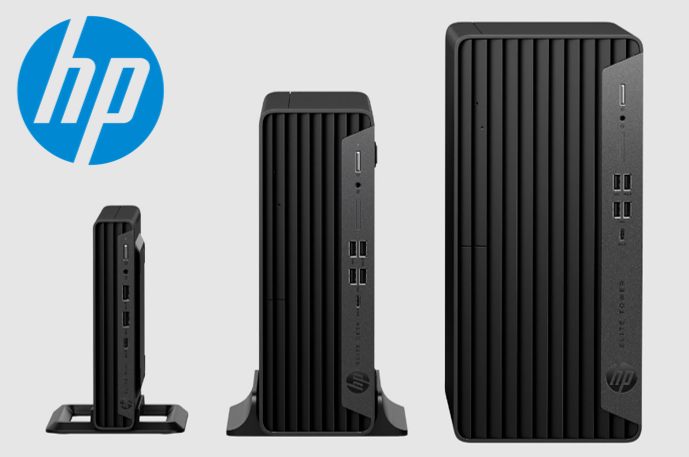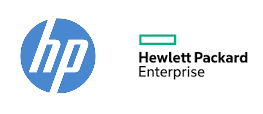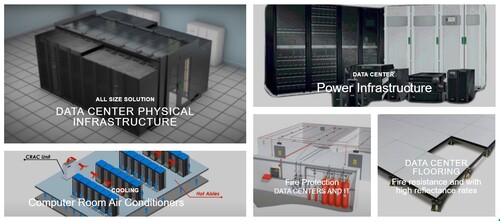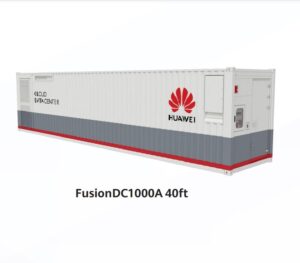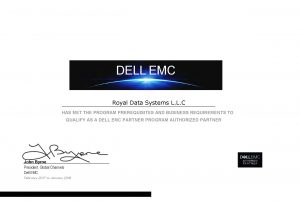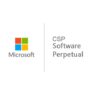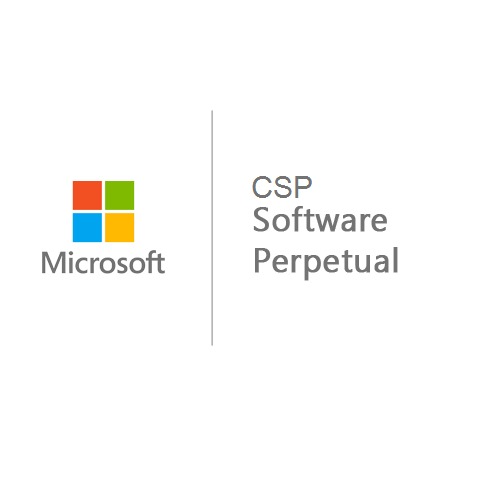Microsoft SQL Server 2022 1 User CAL – DG7GMGF0MF3T
Brand: Microsoft
For The Immediate delivery requirement contact sales team. Usually Ship in 2-3 days, backorder ship in 4-5 Weeks, images are for illustration purposes only.
AED 870.00 excl. VAT
For urgent delivery, please contact sales before ordering. Orders usually ship as per the estimated delivery date in certain case backorders may take 4–12 weeks. Images are for illustration only and may differ from the actual item.
Microsoft SQL Server 2022 1 User CAL – DG7GMGF0MF3T
Overview
This licensing guide is for people who want to gain a basic understanding of how Microsoft® SQL Server®
2022 database software is licensed through Microsoft Volume Licensing programs. This guide does not
supersede or replace any of the legal documentation covering SQL Server 2022 use rights. Specific product
license terms are defined in the product Software License Terms—or in the case of Microsoft Volume
Licensing—in the Microsoft Volume Licensing agreement under which the software was acquired and/or the
Microsoft Volume Licensing Product Terms. This licensing guide is not a legal use rights document. Program
specifications and business rules are subject to change.
SQL Server 2022 editions
SQL Server 2022 is offered in two main commercial editions to accommodate the unique feature, performance
and price requirements of organizations and individuals:
• Enterprise Edition is ideal for applications requiring mission critical in-memory performance, security and
high availability.
• Standard Edition delivers fully featured database capabilities for mid-tier applications and data marts.
The editions are offered in a straightforward, tiered model that creates greater consistency across the product
editions, features and licensing. Enterprise Edition includes all the capabilities available in SQL Server
Through a consistent programming interface across all editions, it is easier than ever for developers and
partners to build and upgrade applications that take advantage of advanced performance, security, and data
mart or data warehouse features – regardless of scale, from Express to Enterprise.
SQL Server Standard Edition sets the bar for rich programming capabilities, security innovations, and fast
performance for mid-tier applications and data marts. SQL Server Standard Edition can easily be upgraded to
Enterprise Edition as workloads scale or for mission critical workloads without requiring an application re-write.
Enterprise Edition continues to deliver the highest levels of mission critical scalability, availability, and
performance as well as maximum virtualization rights with Software Assurance.
Note: SQL Server 2022 was released on November 16, 2022 for EA/EAS, MPSA, Select+, and Open Value
customers. Any customer that acquired SQL Server licenses through one of those designated channels on
November 16, 2022 or later is entitled to run SQL Server 2022 software with those licenses once the media is
made available to them between November 2022 and January 2023. SQL Server 2022 will be released in CSP in
January 2023.
How to License SQL Server Using the Server+CAL Licensing Model
Under the Server+CAL licensing model, each operating system environment (OSE) running SQL Server software
or any of its components must have a SQL Server server license assigned to the physical server hosting the
OSE. Each server license allows customers to run any number of SQL Server instances in a single OSE, either
physical or virtual.
Running SQL Server software on different hardware partitions or blades requires separate software licenses.
Hardware partitions and blades are considered to be separate servers for licensing purposes and SQL Server
software licenses cannot be assigned to more than one server at any time.
Devices not operated by humans require device CALs, even when connecting to SQL Server indirectly. For
human operated devices such as PCs or hand-held terminals, a user CAL or device CAL can be used. CALs must
be for the version of SQL Server being accessed or a later version.
Note: The use of hardware or software that reduces the number of devices or users that directly access or use
the software (multiplexing/pooling) does not reduce the number of CALs required. For details on how to
license SQL Server in a multiplexed application environment, refer to the Advanced licensing scenarios section
of this guide.






